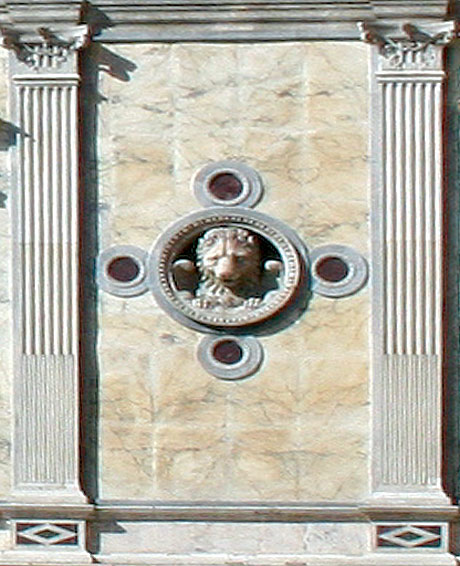Short History of Venice

Late antiquity
Venice might not be the oldest city in Italy, but it is without a doubt one of the most unique, even worldwide speaking. In fact, this uniqueness had been a mark of Venice since the early beginning of its history. Thus, despite the fact historians know of no official date of foundation of the city, what is certain is the marshy Venetian lagoon has been inhabited since the Roman age, being a place where scattered poor fishermen used to make a living, but not within the confines of a society or group worthy of the tile of stable settlement.
It was not until the first half of the 5th century AD that the lagoon, due to its seclusion from the mainland Italy, started to become more and more alluring to the inhabitants of the Italian cities and villages which had to face the constant threat of the barbaric invasions. The lagoon was a wholesome refuge and, thus, as the tradition holds, the official foundation date is identified on March the 25th, 421. The name of the city comes from the ancient Veneti people who inhabited the entire present day Veneto region.
Middle Ages
A strong alliance was formed between Venice and the Byzantine Empire in the Middle Ages, and beyond the religious implications of this political relation, Venice started to grow as an important port city on the Adriatic Sea, thriving on the trade of silk and spices. Two notable events which have marked the medieval history of Venice refer to the election of the first doge of Venice, namely, Ursus, and to the bringing of the relics of Saint Mark the Evangelist from Alexandria to the Lagoon, and sheltered inside the place of worship dedicated to the saint: the Saint Mark’s Basilica (in 828).
The Middle Ages were the heydays of Venice’s economic, political and cultural development. Venice became a genuine city of art on the map of Europe and a hub of culture on the continent (it was one of the first cities to embrace the printing press technology, as well as it stood out by its tolerance to other religions and confessions) in an age when Europe was ravaged by the conflict between Reformation and Counter-Reformation.
 The Winged Lion, Symbol of the Republic of Venice and of Saint Mark
The Winged Lion, Symbol of the Republic of Venice and of Saint Mark Modern era
The decline of the Venetian Republic began, roughly speaking, in the late Middle Ages. The modern era saw, however, the free fall of Venice, given Portugal and Spain started to make their way through in the context of the age of the great geographical discoveries. Yet, another episode which brought utmost magnificence to Venice was, paradoxically, the loss of its political independence under the Napoleonic regime, a time when La Serenissima became one of the most charming, elegant and culturally powerful cities in Europe, and a historical episode which was retained worldwide as the Venetian Settecento.
After a brief Austrian domination following the fall of the Napoleonic rule, Venice became part of Italy in 1866.
Contemporary age
Fortunately, Venice was largely spared from the ravages of the Second World War, which gave the city the possibility to preserve its superb architectural patrimony. We speak here about the lagoon, since, indeed, the mainland surroundings, such as Mestre, Trento, Treviso and Marghera were heavily affected by the bombings. At present, Venice remains a tourist destination the prestige of which lies precisely in its patrimony descending from a centuries-old historical trajectory: city of art and city of masks, city of doges and city of gondolas, a bundle of sights not to be missed out by keen globetrotters who don’t want to deprive their prize list from a trip to one of the most celebrated tourist destinations, worldwide speaking.
Go to top